5 Crucial Habits for Kayak Fishermen
1 – Keep a constant eye on the forecast
In general, whether you’re fishing from shore, kayak, or boat, you probably have your eyes glued to the weather and tides during the fishiest times of year. Different styles of fishing require different conditions. For example, as a kayak fisherman, I’m usually looking for low wind and relatively low swell. A surf fisherman is often skipping those nights and looking for higher winds and swell. On a kayak, it’s all about knowing and understanding both you and your kayak’s limits. I fished out of a Hobie Pro Angler 12 for several years before making the switch to an Old Town PDL Big Water 132 last year. Both kayaks are similar – big, wide, and heavy. Not exactly built for speed, but rather for stability and comfort. I have no problem pedaling into 15-20mph winds if I have to, but once those winds get into that 20-30mph range, things can get sketchy. If you’re in a kayak built for speed, for example, a Hobie Revolution, your stability isn’t nearly as good. In that case you may be less comfortable in a 15-20mph wind. It really depends on the angler as well as the kayak.

My folder of weather apps I use to cross reference for conditions. Everybody's probably looks different, but as long as you have a variety and aren't getting all your info from one single source, you should be in good shape.
It’s also worth noting that you should rely on common sense as well as the forecast. We all know that the weatherman is flat out wrong on plenty of occasions. If the wind is supposed to pick up at 1-2pm (a common summertime theme) but you feel it picking up at 9am, maybe don’t go as far as you originally wanted. If the wind is supposed to be blowing 5mph out of the southwest, but you get out first thing and it’s blowing 10mph out of the north, just know the whole forecast for the day is likely bogus. If the forecast mentions 1-2ft swell for the day but you have a strong southwest wind first thing in the morning, know that it’ll probably be bigger than 1-2ft in no time. You get the idea – the forecast is important and it’s a great tool, but use your head and trust your gut.
2 – Don’t push it
In this case, I should probably be better about taking about my own advice. But it’s still good advice! It’s easy to get caught up in a great bite – whether you end up chasing albies from sunrise to sunset, or a quick night session for bass turns into a twelve-hour marathon. Whether the wind is supposed to pick up but you want to tough it out, you’re low on sleep and exhausted, you didn’t bring enough food or water, etc. On a kayak, you only have yourself to rely on to make it home. It’s important to be realistic and mindful of your limits, and don’t push it.
3 – Be prepared
This one is easier said than done, but it’s important. The big ones are food and water. I know as well as anyone that some trips are spontaneous and poorly planned out. It’s also common (at least for me) to turn a planned two or three hour outing into six or even twelve. Try to bring more water and snacks than you think you’ll need – you can always bring them home and use them next time. Of course, there’s a fine balance, as you have limited space and storage on a kayak. I’m not saying you should bring a full cooler every time you go fishing, but a handful of granola bars and an extra bottle of water can go a long, long way on some days. During the summer, try not to forget your sun cover. Hats, sun shirts, sunscreen, etc. Forgetting sunglasses can make for a pretty miserable day, too. During the colder months, you’ll want your cold weather gear – warm hat, gloves, boots, and a dry suit if you have one.

A picture of my kayak just before a summer evening session. Life jacket in the seat, flag in the stern, and a cooler full of ice, drinks, and snacks.
4 – Plan around the tide if you can
When you’re fishing from a kayak, you have to keep the tide and current in mind. Particularly on moon tides, if you get stuck miles away from your launching location and need to go against a strong tide to get back, you’re not going to have a good time. Don’t get me wrong – it’s not always realistic. I find myself in that situation plenty, especially when it comes to chasing pelagics all over the map. However, if you can manage to plan your day so you’re going with the tide on your way out, and with the tide again on your way in, you’ll have a much more relaxing experience. I'd especially recommend this to anyone that is new to kayak fishing on the ocean. It can be easy to underestimate the tide until you find yourself miles away with a raging moon tide between you and your launch. Try to avoid that situation if you can help it.
5 – Safety first
Though it may be the most boring, safety is absolutely the most important habit to practice while you’re on the water. In a way, all five of these points fall under the “safety” category. Preparedness, good planning, and knowing you and your kayak’s limits are all safety precautions at the end of the day. If you prepare your safety nets correctly, you shouldn’t have to think about most of them on an every-outing basis. First on the list, especially for Rhode Islanders, is a life jacket. As of spring of 2023, it’s law that you must be wearing your life jacket on a kayak in RI waters, rather than just having one with you. This can be frustrating on calm, hot, summer days – but ultimately, it’s for your own safety, as anything can happen. If you’re not fishing in a state that requires wearing one, use the 120 rule. The 120 rule simply states that if the air temperature + water temperature in sum are below 120 degrees, you should have your life jacket on. If they add up to more than 120, you’re in the clear. Like everything though, use some common sense. Even when the air temps are 80 and water is 65, if you’re in a zone with lots of boaters or big surf (think Brenton reef during the summer months) it’s still a good idea to throw the vest on.
It’s also a smart idea to share your plan with a close fishing buddy or loved one. Don’t get me wrong, I know it’s not common practice to tell all your friends exactly where you’re fishing. However, you should pick one person you’re close with to share where you plan on fishing and how long you plan to be out. You don’t have to be excessively specific. The simple concept is, if something does go wrong while you’re on the water, whoever goes to look for you will have a starting point. It’s simple, easy, and can truly be the difference between life and death – especially in a cold-water scenario. Another similar option is to buy a beacon or locator of some sort so that if you do get separated from your kayak, you can ensure someone will be searching for YOU rather than your vessel.

My personal locator beacon - with the push of a button, the USCG will be notified of an emergency with the location of the device. It stays with me, in my life jacket, 24/7.
Lastly, do your best to make yourself visible. I know that secrecy and flying under the radar is one of the draws to kayak fishing in the first place. That said, in most locations, the #1 thing you need to worry about is boaters. The best thing you can do is make yourself seen - whether that's a flag during the day, or lights at night. I run about a flag about 4-5ft high, and really, the higher it is the better. At night, I'm always running my navigation lights with a headlight on my head that I can turn on if I need to. It's good practice to assume that every boater isn't paying attention, or at the very least, isn't keeping an eye out for kayakers. Do your part to make yourself visible and stand out.
Ultimately, kayak fishing is all about being on your own. The biggest reasons most kayak fishermen get into this platform of fishing are to be alone, and to reach less-pressured areas that aren't easily accessible. Inherently, this means if you get into a sticky situation, you only have yourself to count on to get out of it. Checking the weather, knowing your limits, being prepared, and having a good plan are all general safety precautions you should be thinking about every single time you hit the water.




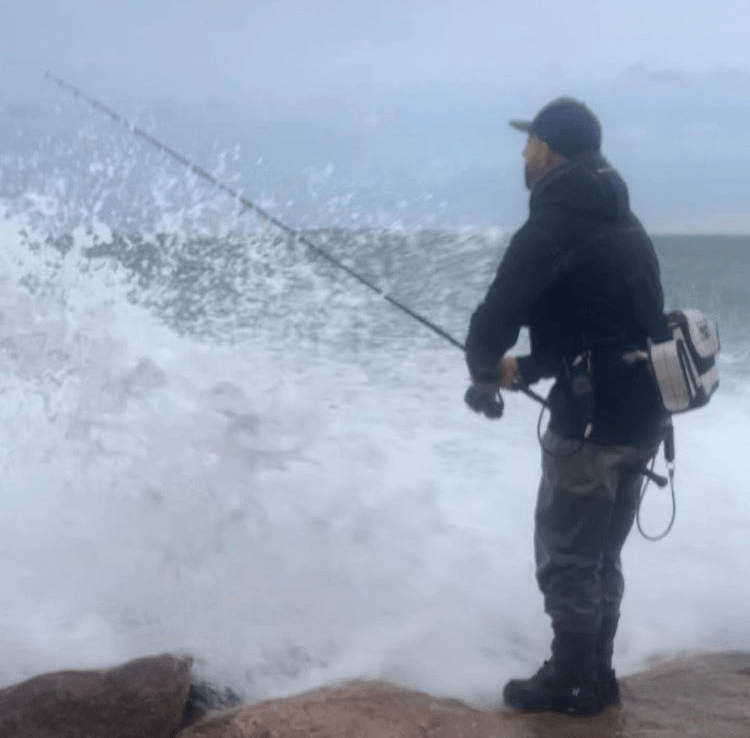

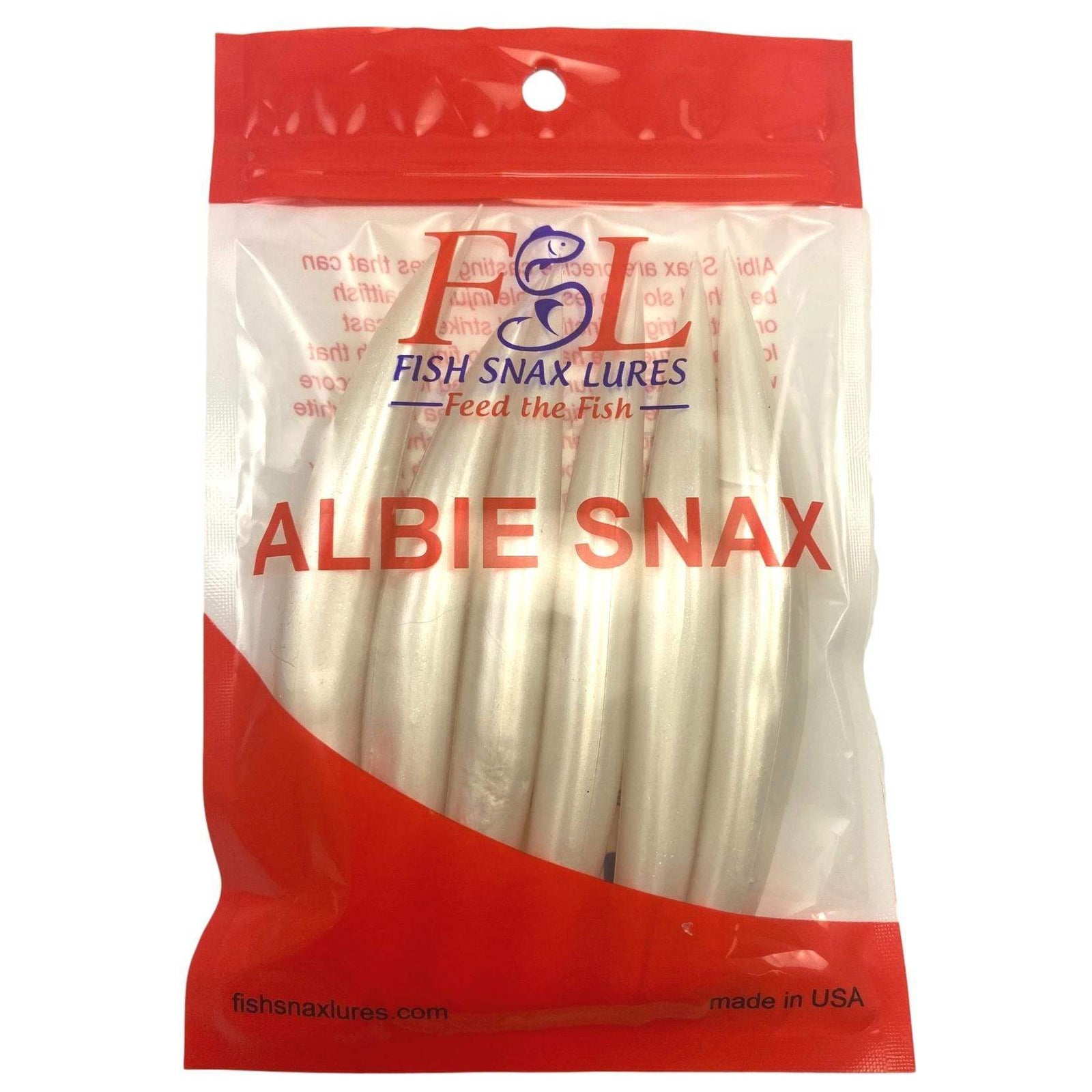

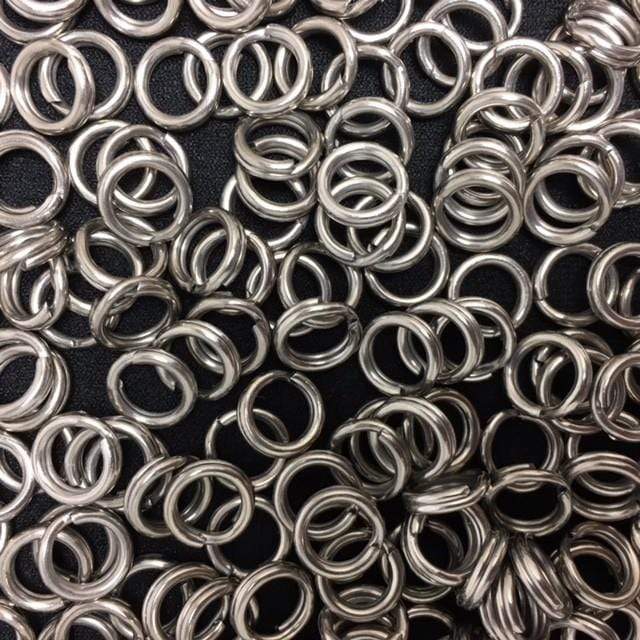
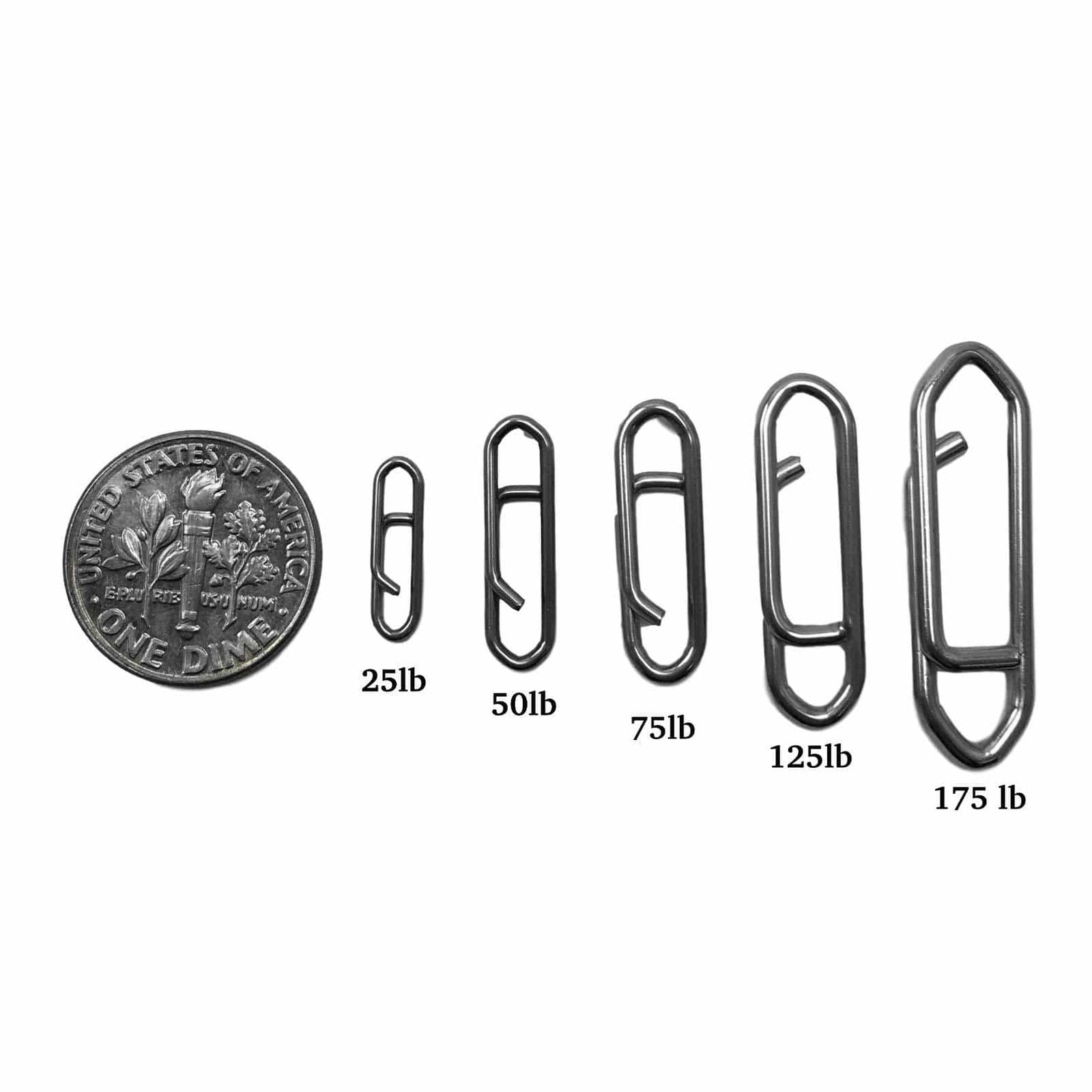




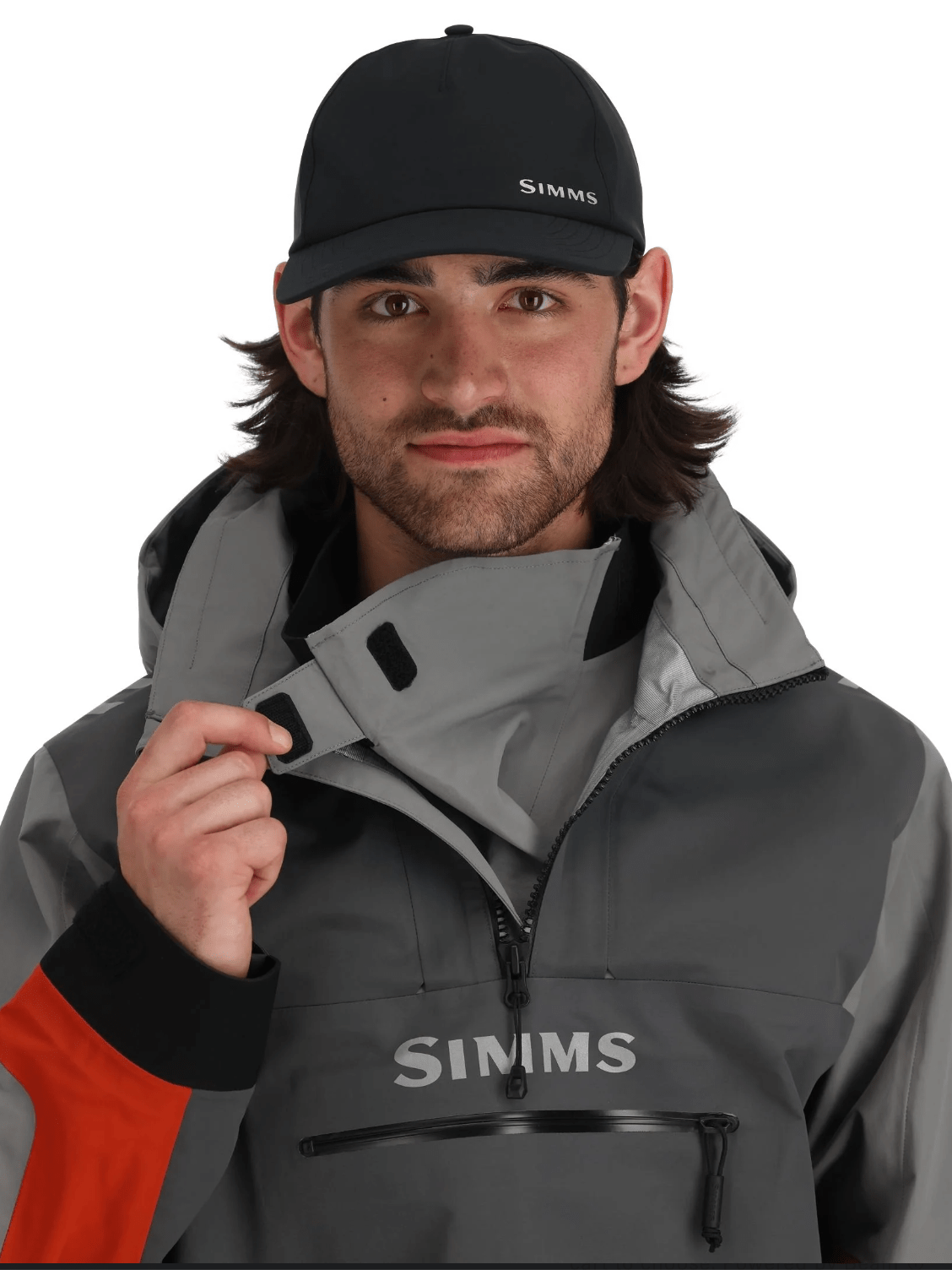

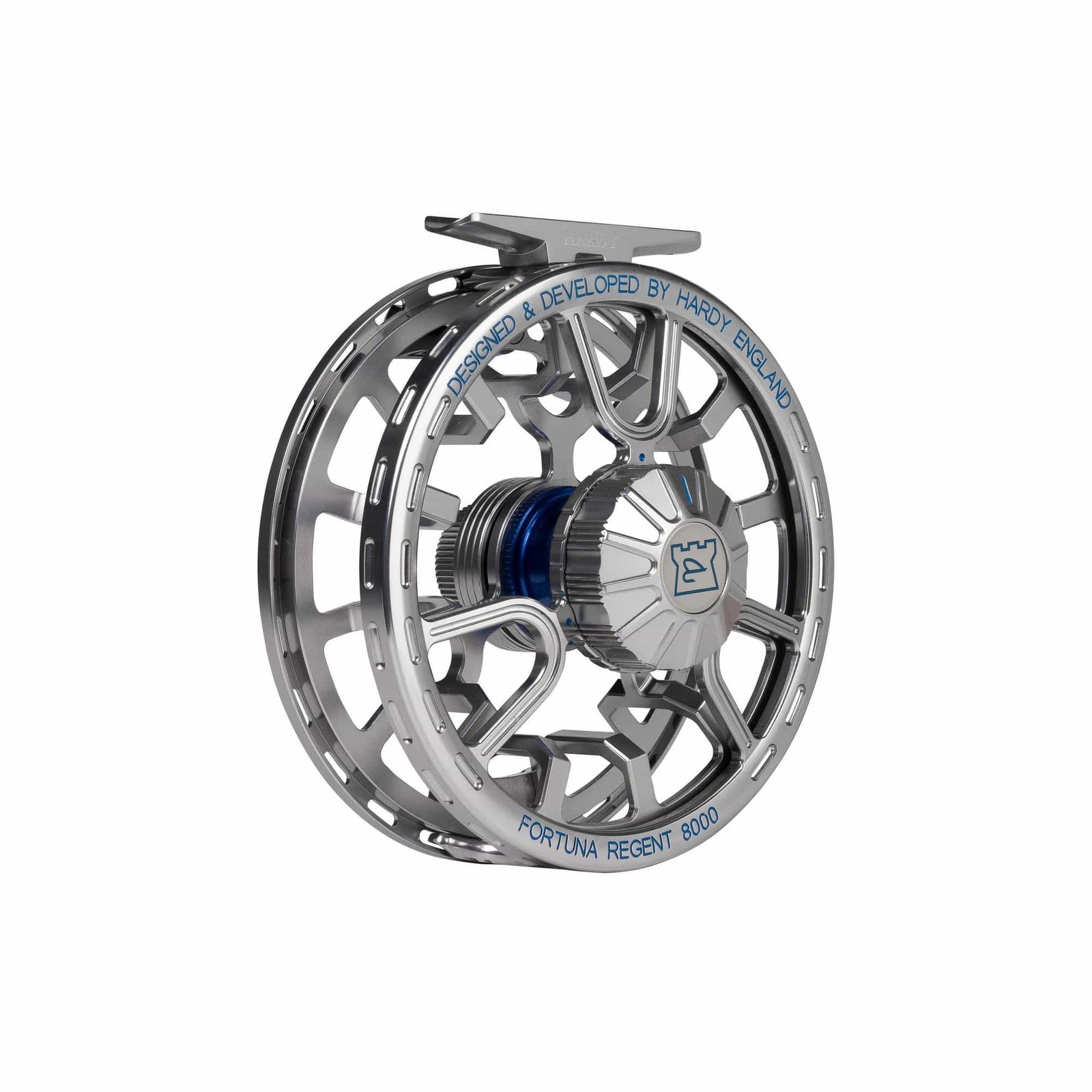
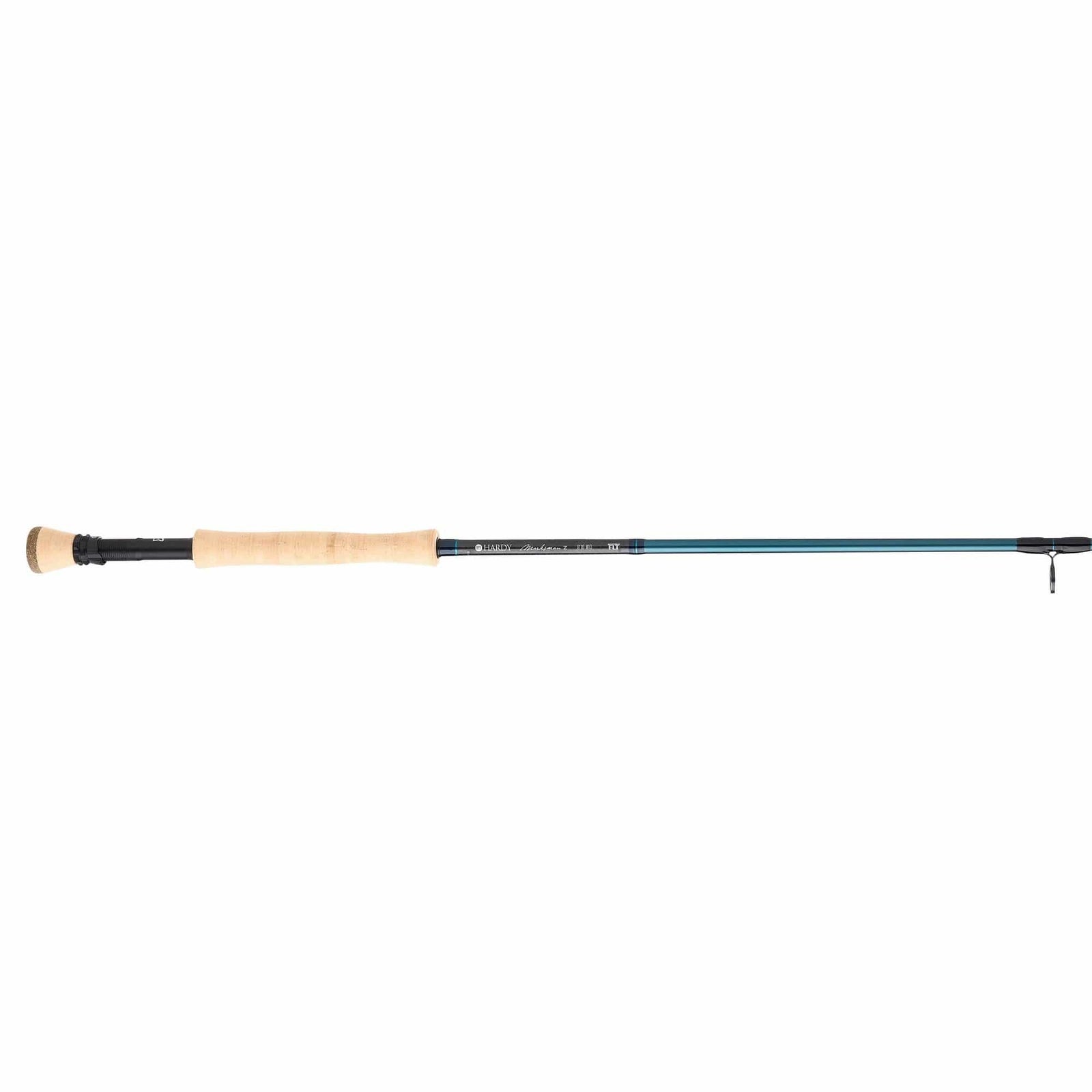
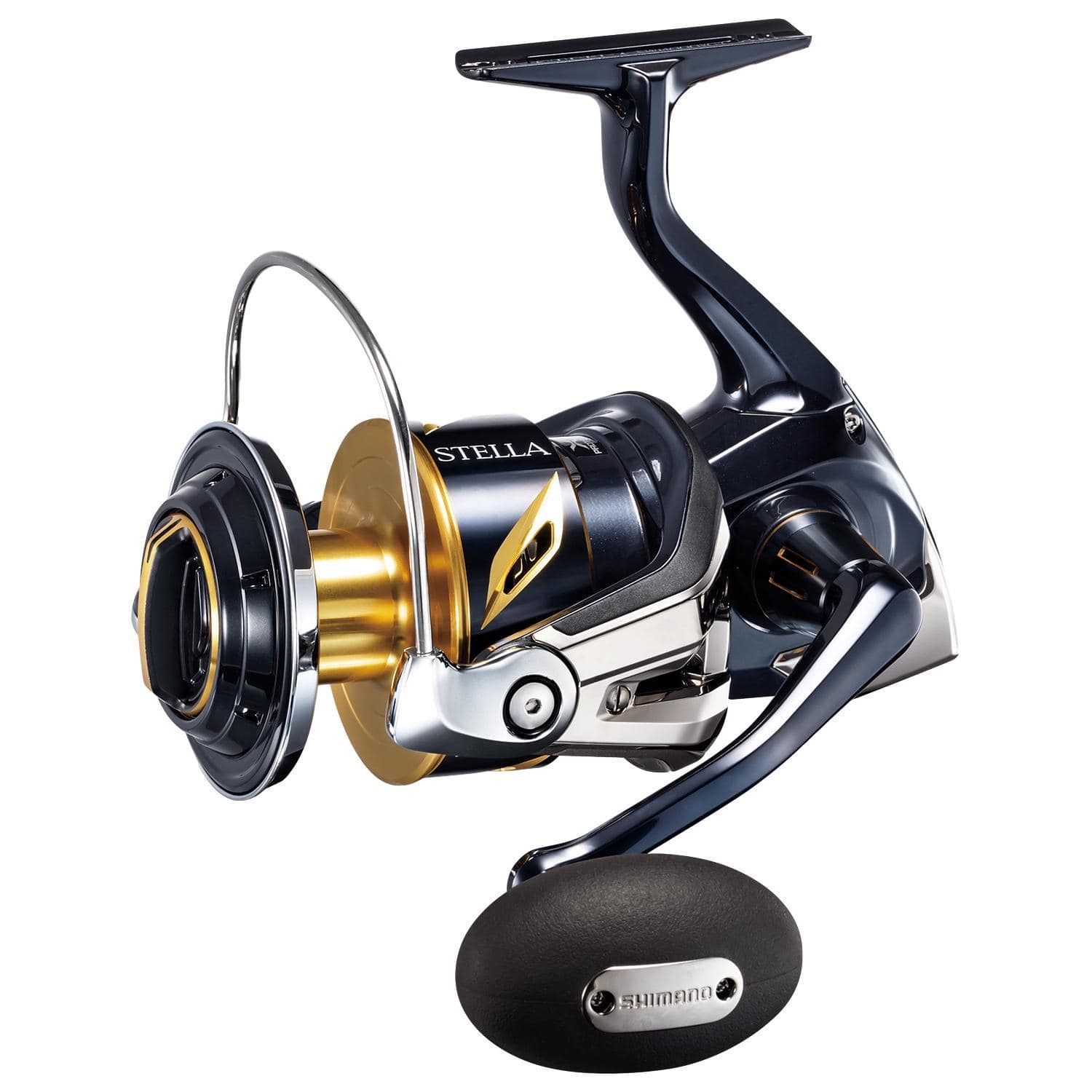
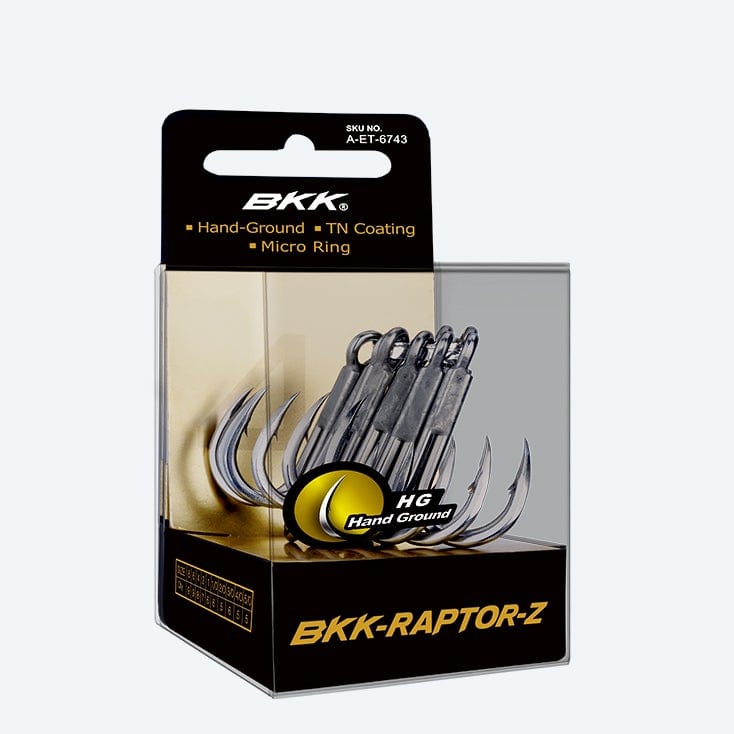
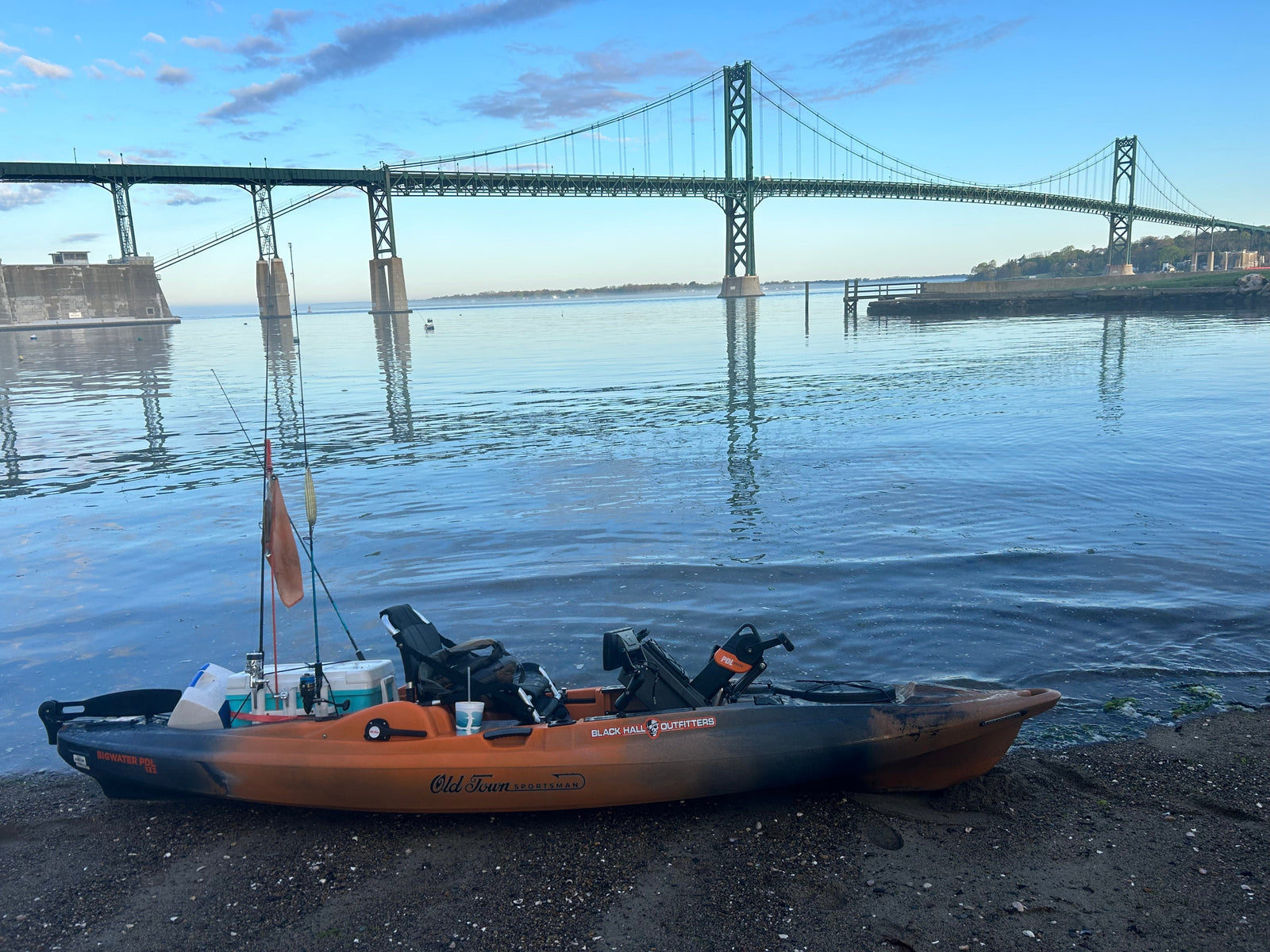
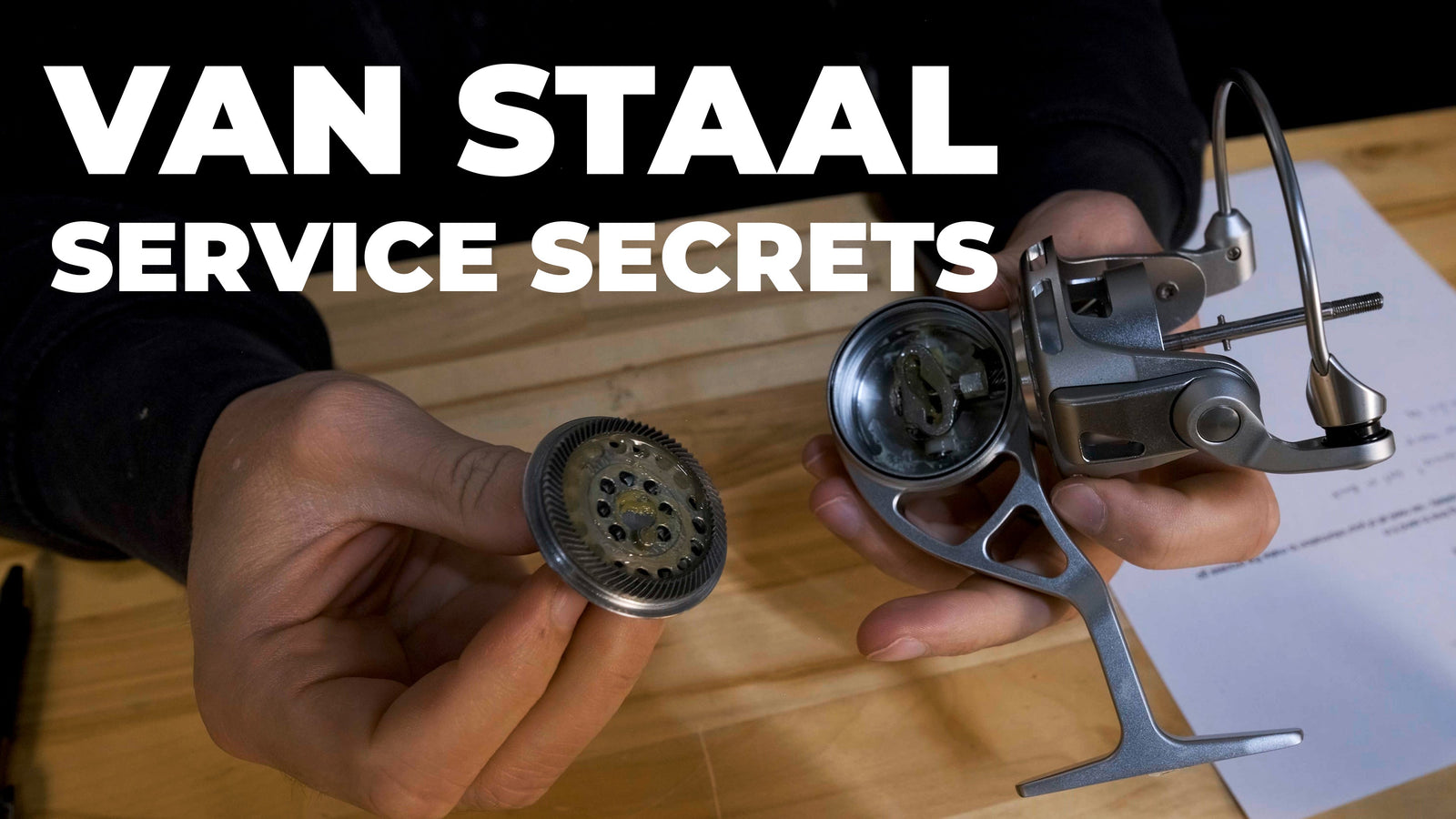


Leave a comment (all fields required)